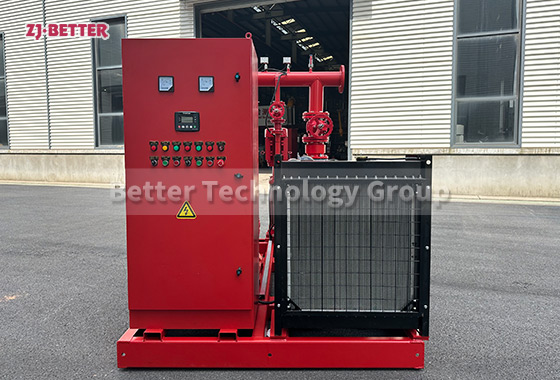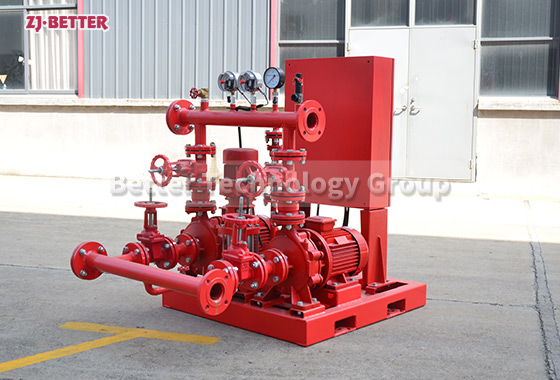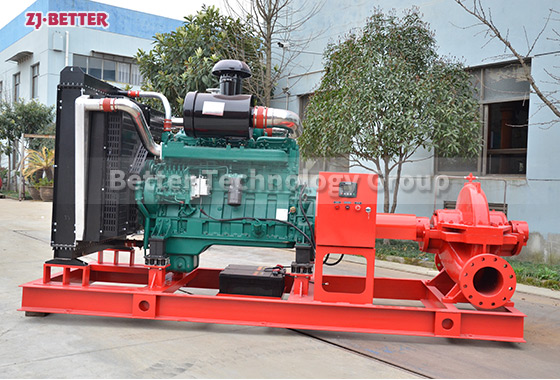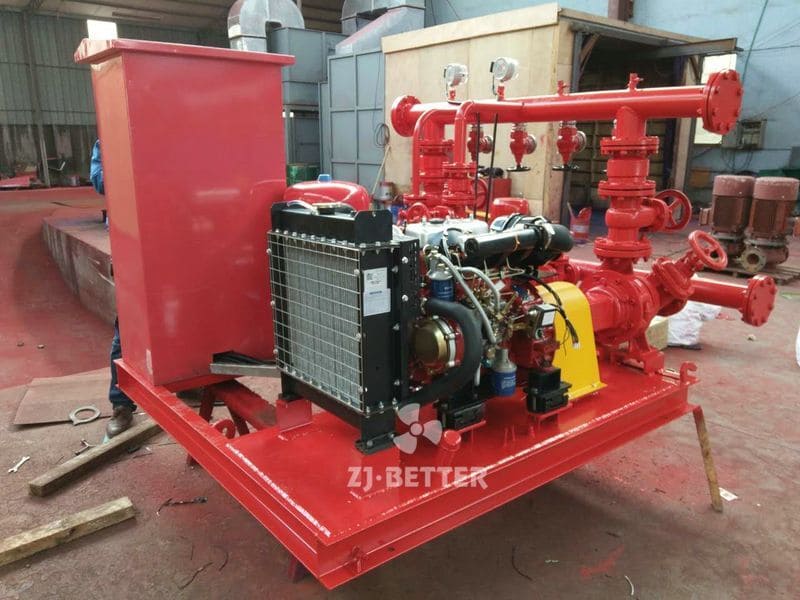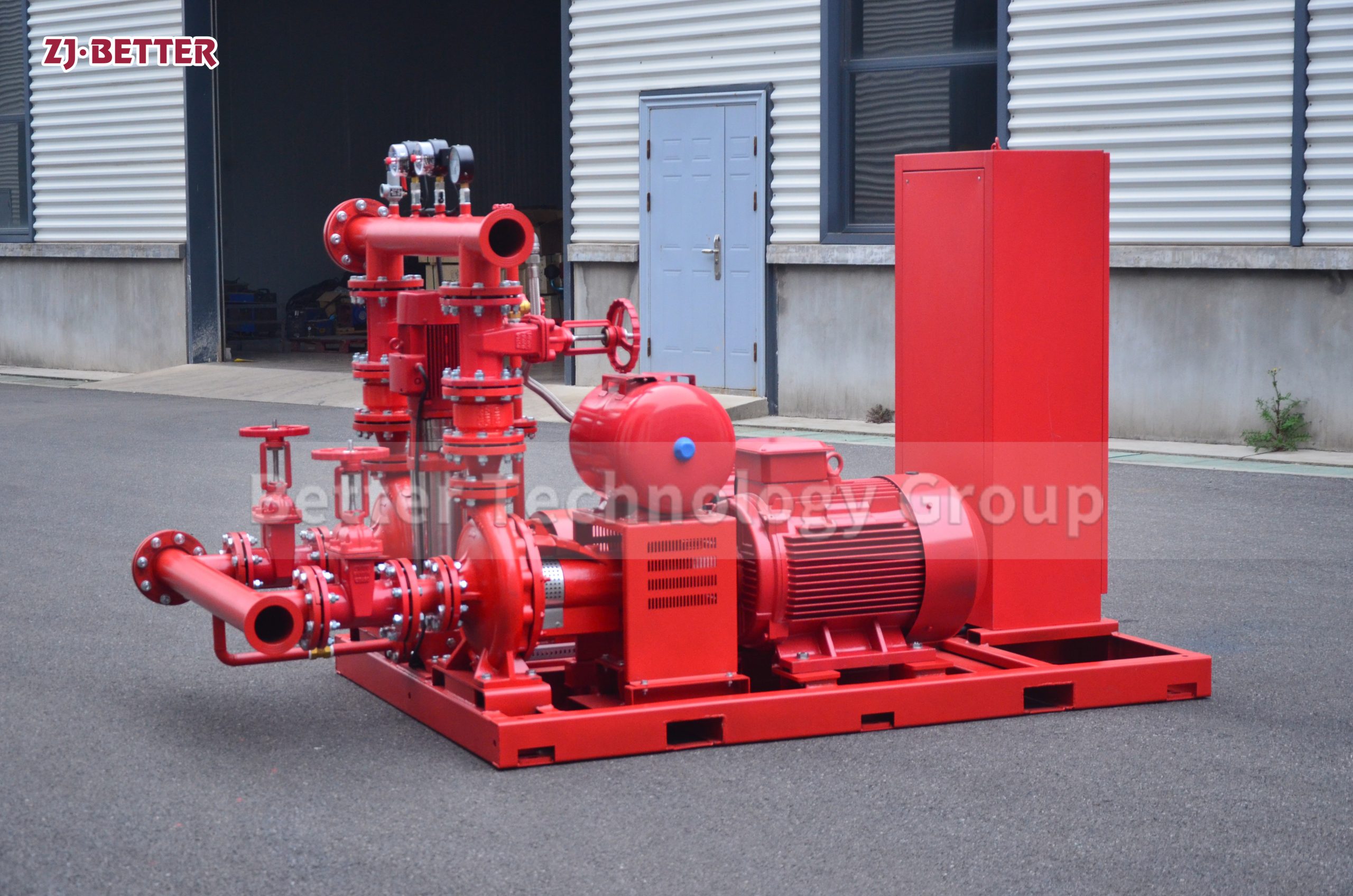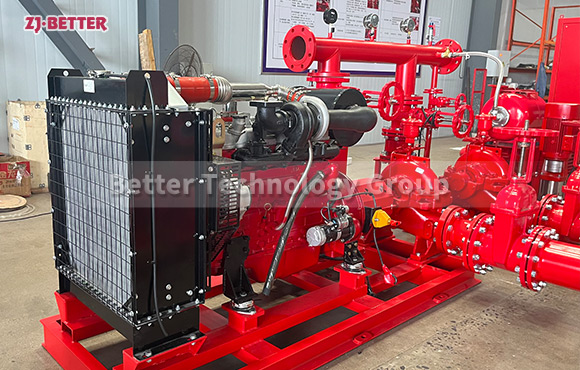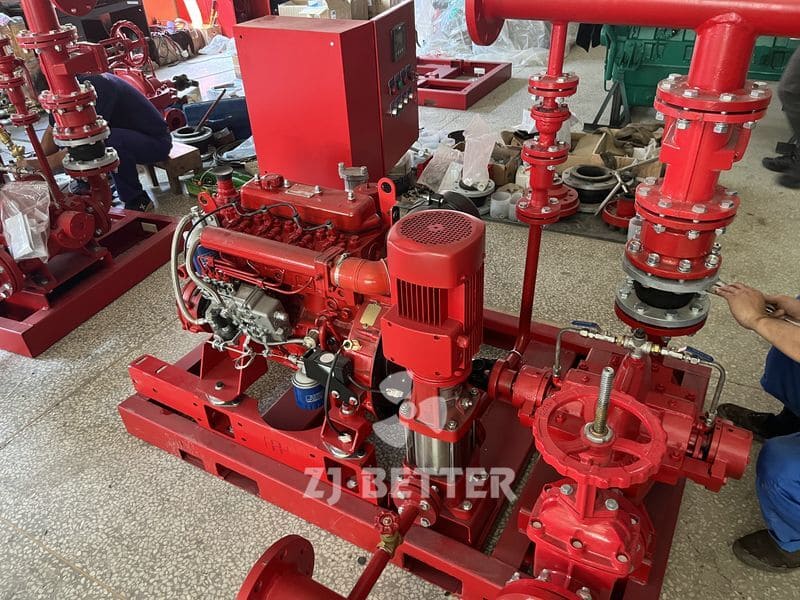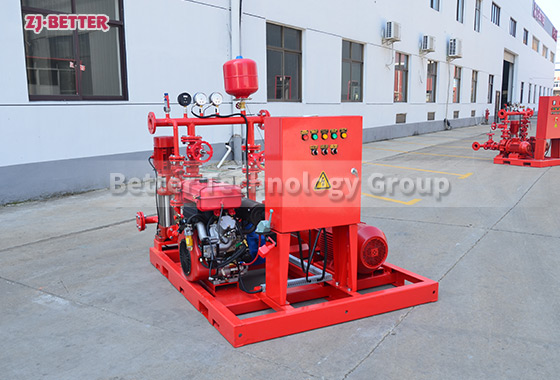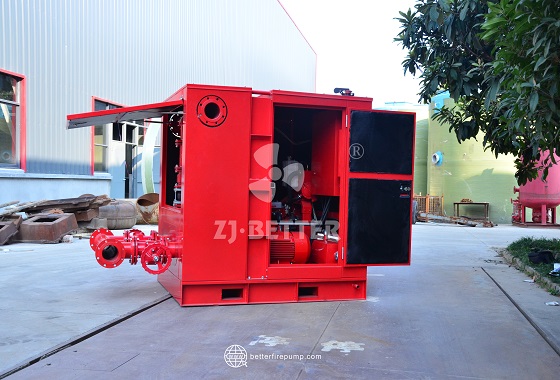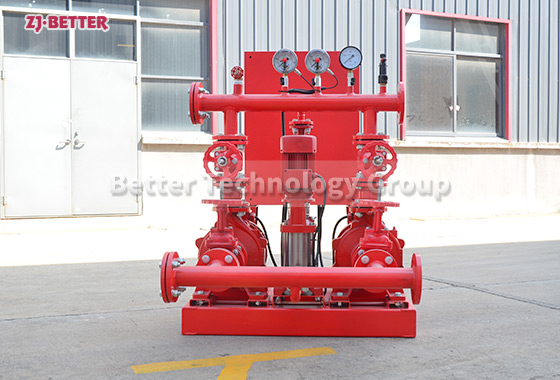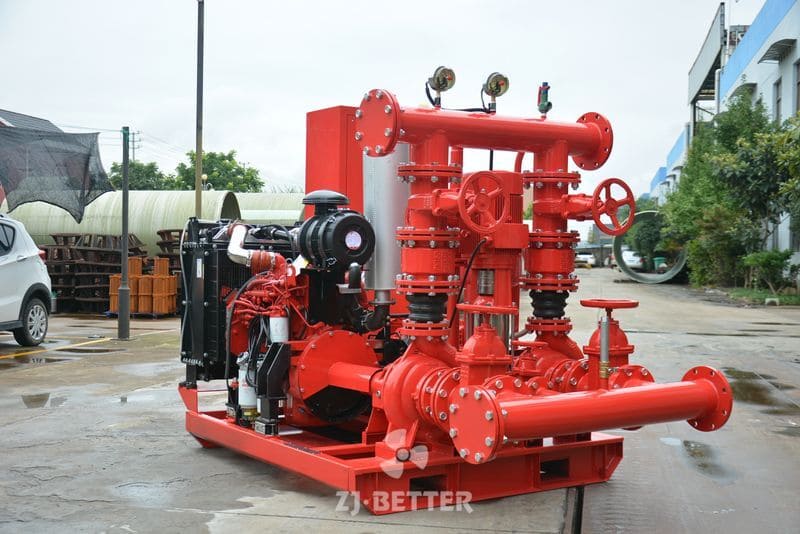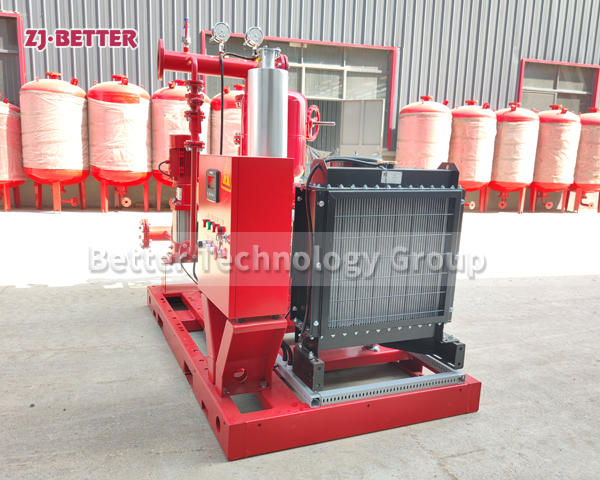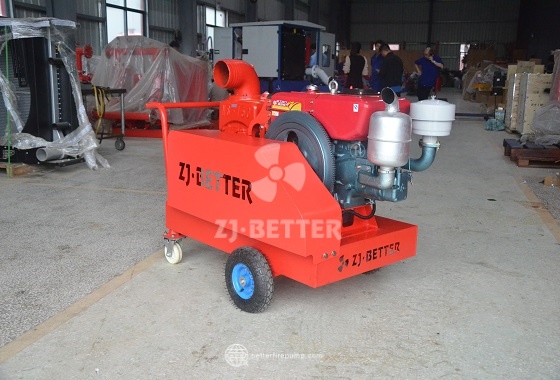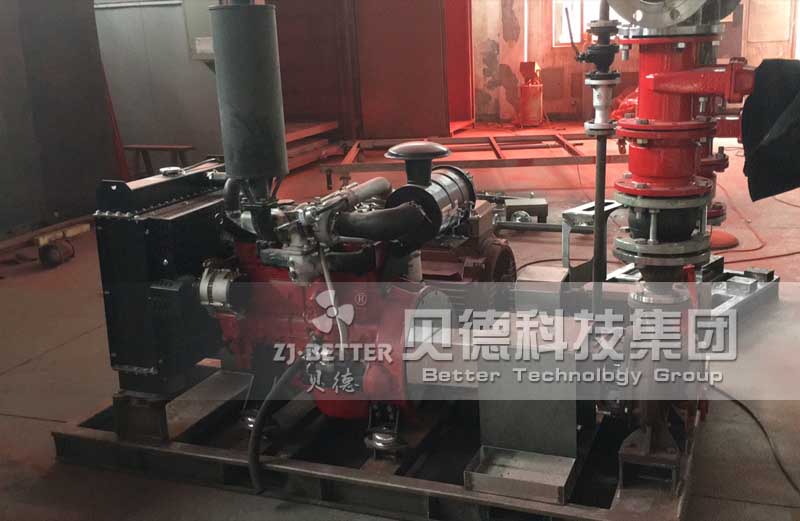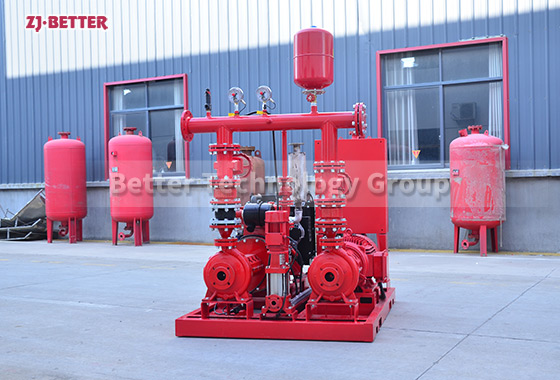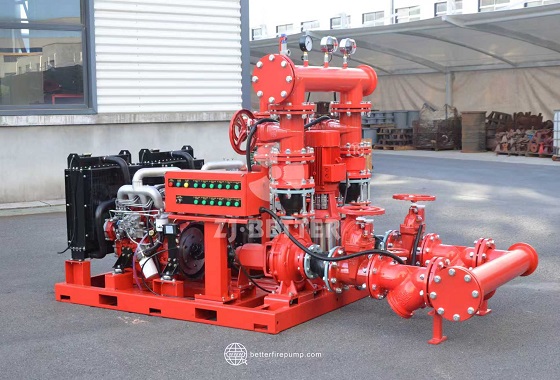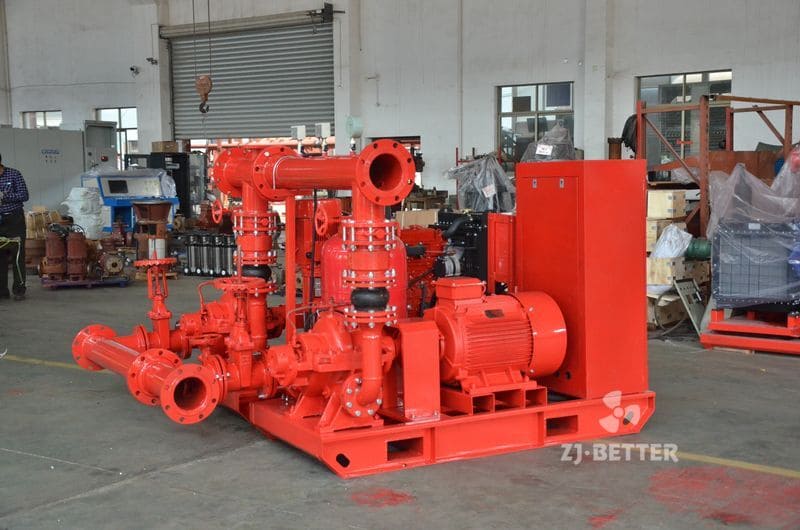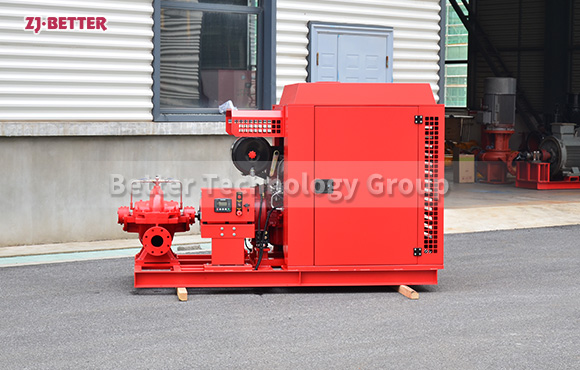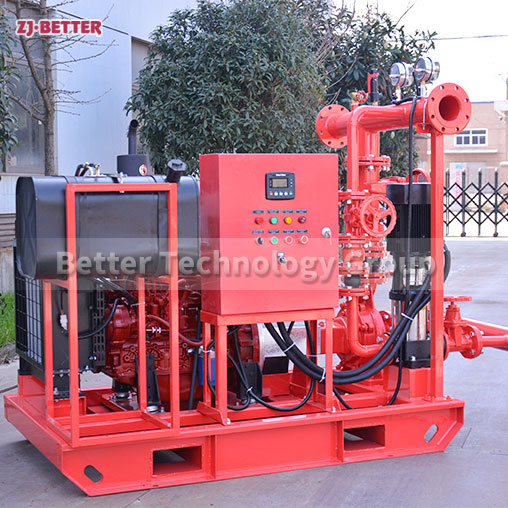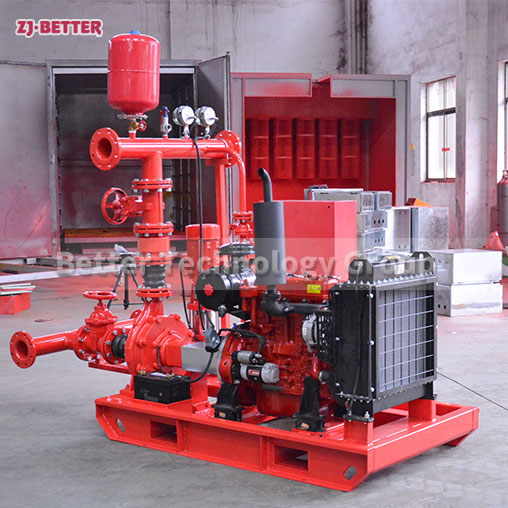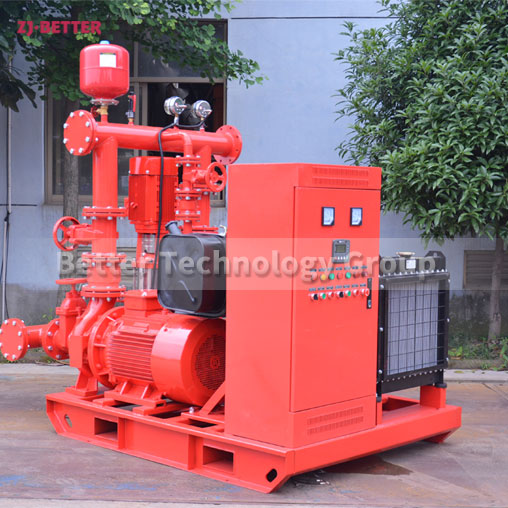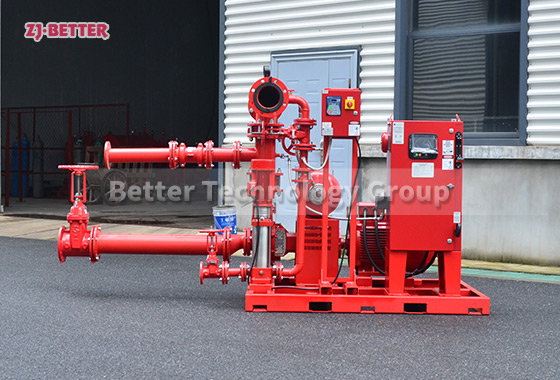How do fire pumps and jockey pumps interact in a fire protection system?
Fire pumps and jockey pumps work together to ensure that a fire protection system is always ready to operate at peak efficiency. The jockey pump is primarily responsible for maintaining the system’s normal pressure, compensating for minor leaks, and preventing the fire pump from running unnecessarily. When a fire occurs, and a significant drop in pressure is detected due to water discharge from sprinklers or hoses, the fire pump is activated to provide the necessary water flow and pressure. This interaction ensures that the system operates efficiently, minimizing wear and tear on the fire pump while keeping the system primed and ready for an emergency.
Fire pumps and jockey pumps work together to ensure that a fire protection system is always ready to operate at peak efficiency. The jockey pump is primarily responsible for maintaining the system’s normal pressure, compensating for minor leaks, and preventing the fire pump from running unnecessarily. When a fire occurs, and a significant drop in pressure is detected due to water discharge from sprinklers or hoses, the fire pump is activated to provide the necessary water flow and pressure. This interaction ensures that the system operates efficiently, minimizing wear and tear on the fire pump while keeping the system primed and ready for an emergency.

